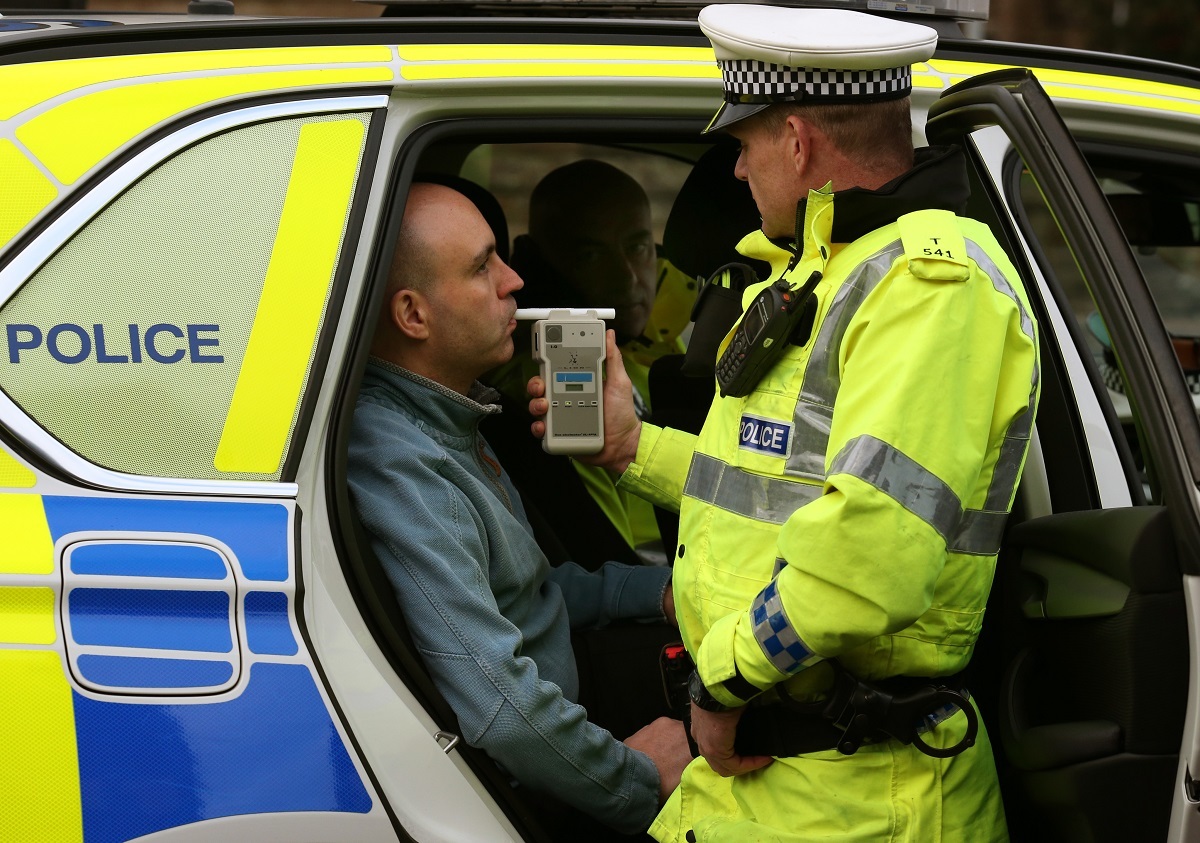
THE reduced drink-drive limit in Scotland has had no impact on cutting road accidents, a new study has found.
The Scottish Government cut the legal blood alcohol limit for motorists to from 80 milligrammes of alcohol in 100 millilitres of blood to 50 in December 2014.
It argued the change would help save lives and make the country’s roads safer.
But Jim Lewsey, professor of medical statistics at Glagsow University’s Institute of Health and Wellbeing said the “unequivocal” results of the research was that this “simply did not have the intended effect of reducing RTAs”.
The “most plausible” explanation for this “surprising” finding was the lower limit in Scotland was not backed up with sufficient police enforcement or media campaigning, he added.
The research, which was carried out alongside NHS Health Scotland, the University of Stirling and the University of East Anglia, looked at police data on road traffic accidents in not just Scotland but also England and Wales – where the drink-drive limit has remained at 80 millilgrams of alcohol.
This was combined with market research data showing alcohol consumption rates – with the researchers believing the design of the study allowed them to isolate the impact of the policy change.
Prof Lewsey said: “Our findings are surprising, given what we know from previous international evidence, which generally supports a reduction of RTAs following the same lowering of a blood alcohol concentration limit.
“However, the results of our high quality study are unequivocal – they indicate that the reduction in Scotland’s drink-drive limit in December 2014 simply did not have the intended effect of reducing RTAs.”
When the lower drink driving limit was introduced, then-Scottish justice secretary Michael Matheson said he believed the change would “not only reduce accidents but also reduce fatalities on Scottish roads and in that way make Scottish roads safer”.
Prof Lewsey added: “In our view, the most plausible explanation for our findings is that the change in legislation was not backed up with additional police enforcement, nor sustained media campaigning.
“It is also perhaps an indication of the safety of Scotland’s roads more generally, following continual improvements in recent years, and the fact that drink-driving is increasingly socially unacceptable.”
He stressed: “Drink-driving remains highly dangerous and against the law. It is important to stress that these findings should not be interpreted to imply that any level of drink-driving is safe.”
There were at least 6,070 road traffic accidents in the UK in 2016 that involved drink-driving, while such incidents are estimated to cost the Scottish economy about £80 million a year.
The study, which was published in the medical journal The Lancet, also looked at the impact the lower limit had had on alcohol sales.
Here it concluded there had been no change to sales in supermarkets and off-licences, while sales in pubs, restaurants and bars were found to have reduced by less than 1%.

Enjoy the convenience of having The Sunday Post delivered as a digital ePaper straight to your smartphone, tablet or computer.
Subscribe for only £5.49 a month and enjoy all the benefits of the printed paper as a digital replica.
Subscribe